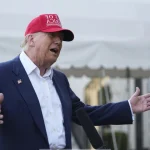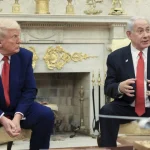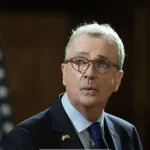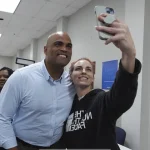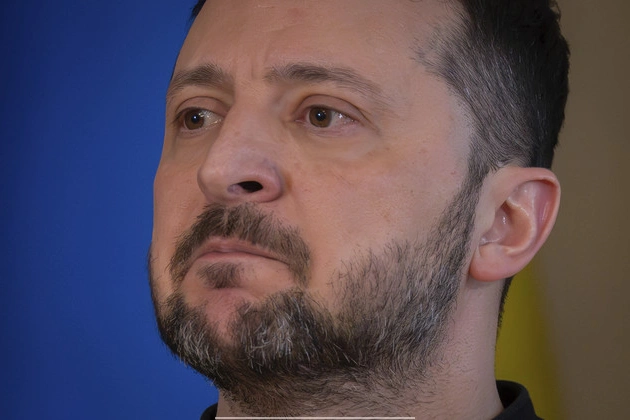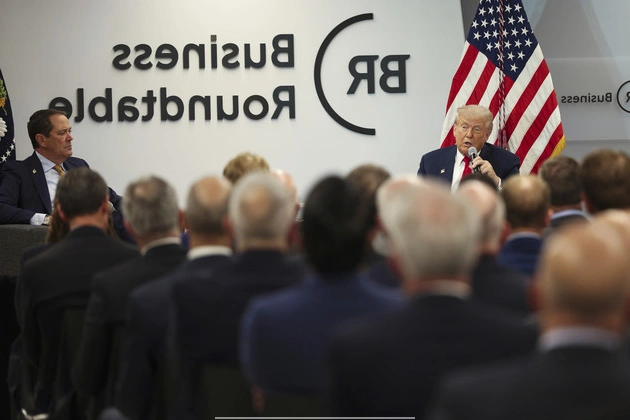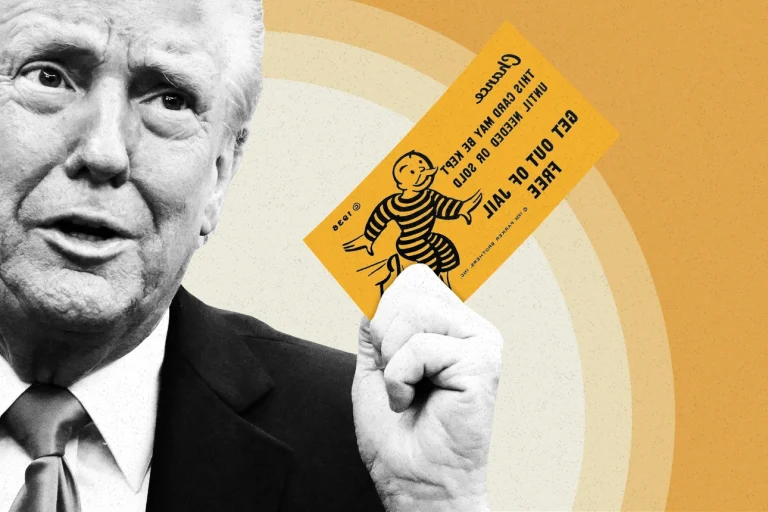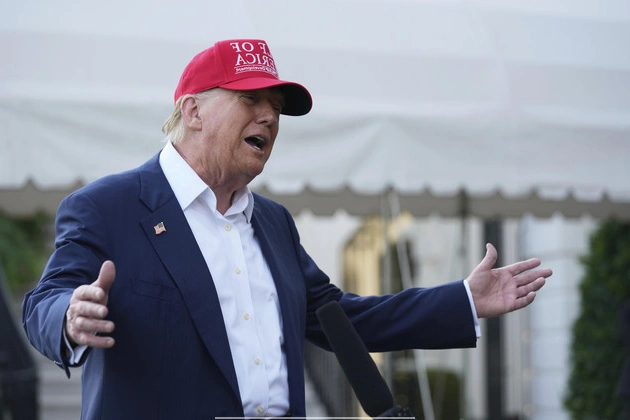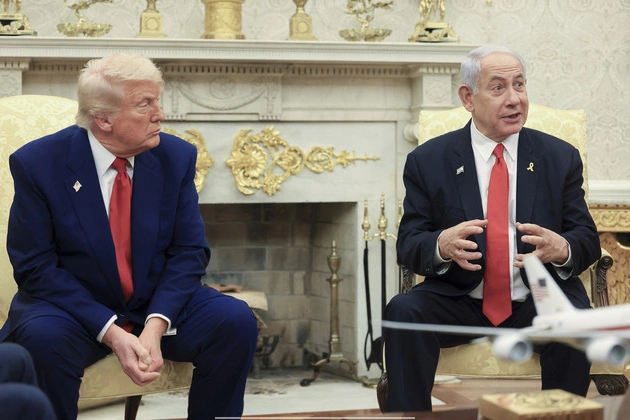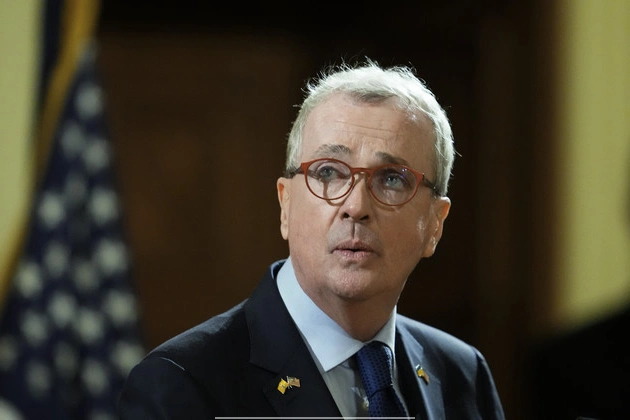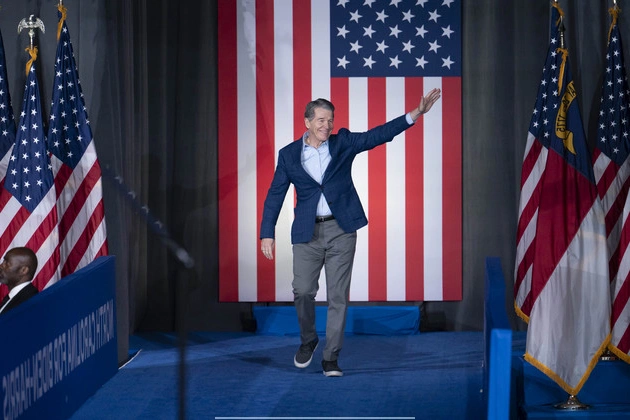
Trump's Executive Actions: Impact, Controversies, and Legal Challenges
President Donald Trump’s first week was dominated by his use of executive authority to convey action, an amped-up version of his first-term strategy.
His first nearly five dozen executive actions are more numerous, go further and are better engineered than the ones he made in the earliest days of his first term in 2017, when he only signed one executive order on his first day and five in his first week. This time around, many of Trump’s early actions took Biden-era policies directly to the paper shredder with rapid fallout or led to the immediate dismissal of some federal workers, for instance.
“The American people spoke loud and clear that they wanted President Trump to finish the job he had started,” said Roger Severino, vice president of domestic policy at the conservative Heritage Foundation. “This is what finishing the job looks like. Step one: Pull out, root and branch, all the woke and America-last policies of the Biden and even the Obama administrations.”
But others don’t do much other than signal the president’s agenda, and a few are unlikely to survive legal battles.
“It’s a mixed bag. Some of them are very specific policies, which are probably within the power of the president,” said Elaine Kamarck, director of the Center for Effective Public Management at Brookings. “Others are sort of pie in the sky, like ending birthright citizenship.”
A White House spokesperson did not respond to a request for comment.
Here’s a look at a handful of those executive orders and how quickly they may make change.
DEI programs
Trump on Monday issued a sweeping order to halt diversity programs throughout the federal government — and already, DEI websites have gone dark and workers in DEI positions have been directed to be placed on paid leave.
Withdrawal from the World Health Organization
Trump’s order was widely anticipated and could cause the WHO to lose hundreds of millions of dollars in fees. The U.S. is expected to lose access to the global network that sets the makeup of the flu vaccine every year. Global health experts have said the decision could weaken the Centers for Disease Control and Prevention’s ability to keep an eye on international health threats. Trump’s order also calls for the secretary of State to halt negotiations on a pandemic agreement that has been in the works with WHO member countries for years.
Withdrawal from the Paris climate agreement
The president is pulling the U.S. out of the Paris climate agreement, where it had served as a rallying force under former President Joe Biden to organize the 200-member nations to address climate change.
IRA spending freeze
Trump froze spending under Democrats’ climate law, the Inflation Reduction Act, which will halt billions of dollars in spending leftover from the Biden administration. His orders will also pave the way for the federal government to auction leases for far more federal land and water to the fossil fuel industry. He can also pull the plug on new leases for wind farms — a technology he’s publicly lambasted for years — which the Biden administration made a centerpiece of their clean energy policies.
Ending federal censorship
Trump issued an executive order “ending federal censorship,” intended to keep the government from intervening in social media content. The order is the culmination of years of GOP frustration with platforms’ content moderation decision-making, and specifically the Biden administration’s pressure on platforms over what it saw as mis- and disinformation.
But it’s not clear if the order will be any more than symbolic. The federal jawboning behavior it polices has largely ended, and there are fewer specifics in the order than Trump initially suggested when he promised a dramatic new social-media policy on the campaign trail.
Trans sports ban
Trump wants to define sex across the federal government as male and female, but his order doesn’t exactly bar transgender students from women’s sports — yet.
While groups that have spent years lobbying for a definition of sex to be based on biology immediately lauded the order, the prominent conservative legal group Alliance Defending Freedom on Tuesday acknowledged that there must be agency follow-up. The administration must push forward with regulations that reaffirm that federal laws do not include protections for gender identity to make an impact beyond messaging.
Stripping the IRS
And just as Americans are preparing to file their taxes and looking forward to refunds, Trump’s hiring freeze singled out the Internal Revenue Service for unusually strict treatment. A moratorium on hiring for tax collection and other jobs can’t be lifted at the agency until the Treasury secretary, the head of the Office of Management and Budget, and the new so-called Department of Government Efficiency Service decide it’s “in the national interest” — a vague term the order doesn’t define. It probably won’t affect the current filing season, former IRS officials say, but the agency didn’t answer a request for comment.
Birthright citizenship
One of Trump’s most controversial campaign promises was ending birthright citizenship as a tactic for chilling undocumented immigrants from having children in the U.S. But it’s a right enshrined in the 14th Amendment, and legal experts largely agree it’s a major stretch. A federal judge on Thursday blocked the order, which is expected to make its way up to the Supreme Court.
Transgender troops
The president also repealed a Biden-era rule allowing transgender troops to serve openly in the military, another order that’s expected to face quick legal challenge.
And DOGE
Trump’s directive establishing the so-called Department of Government Efficiency (really, it just renamed the Digital Service, an existing agency, as the DOGE Service) is also the subject of three federal lawsuits over conflicts of interest resulting from private interests — say, those of the world’s richest person — in federal decision-making.
